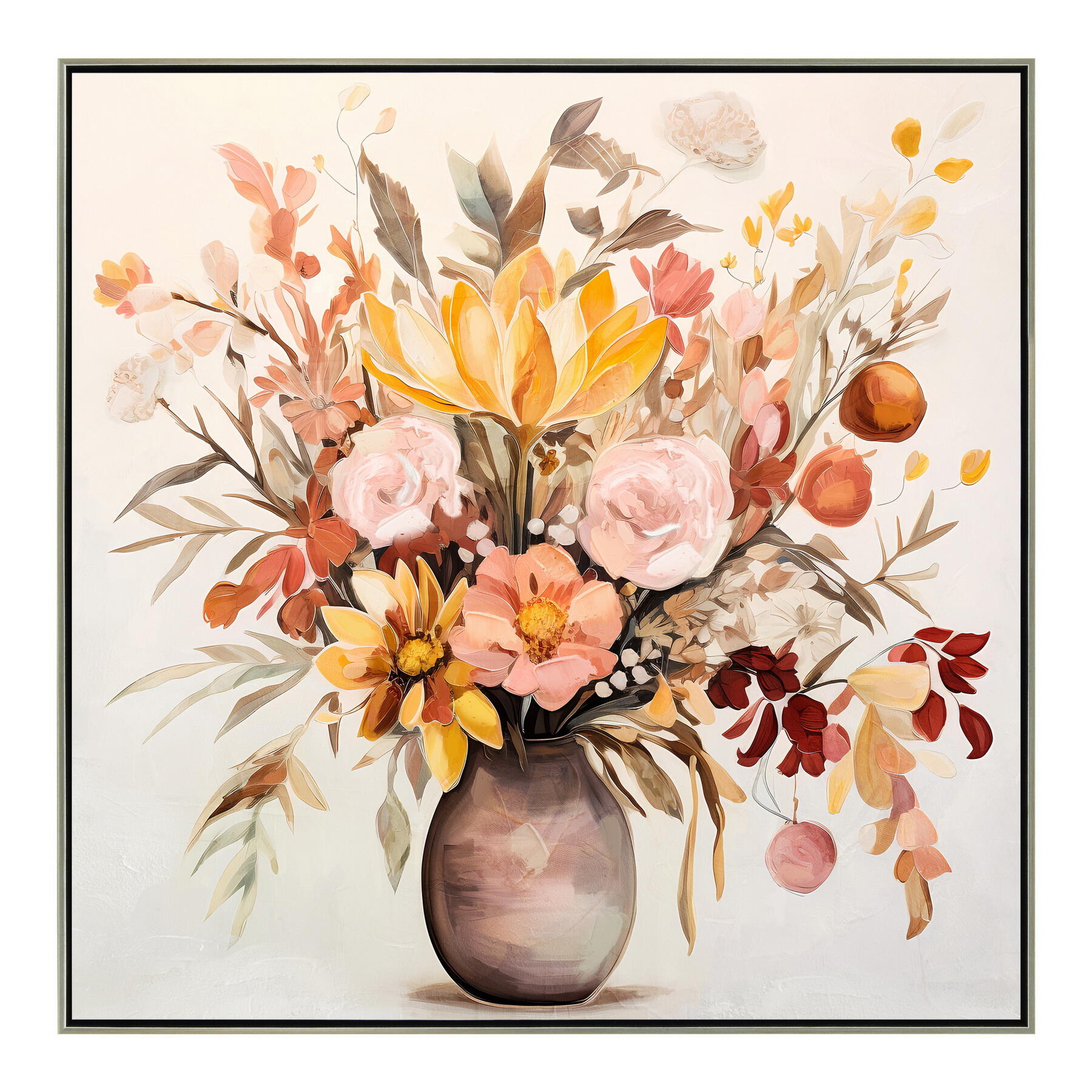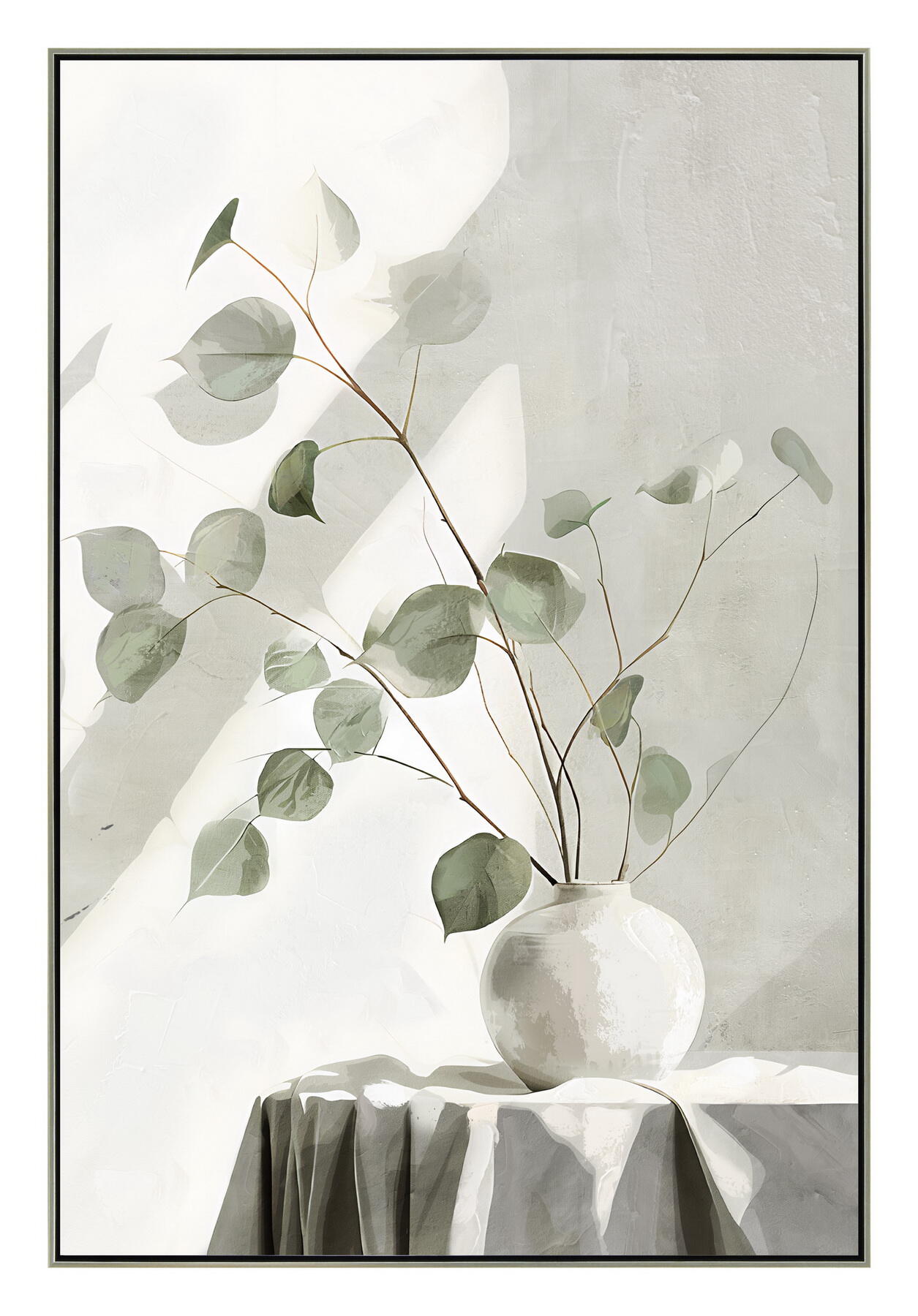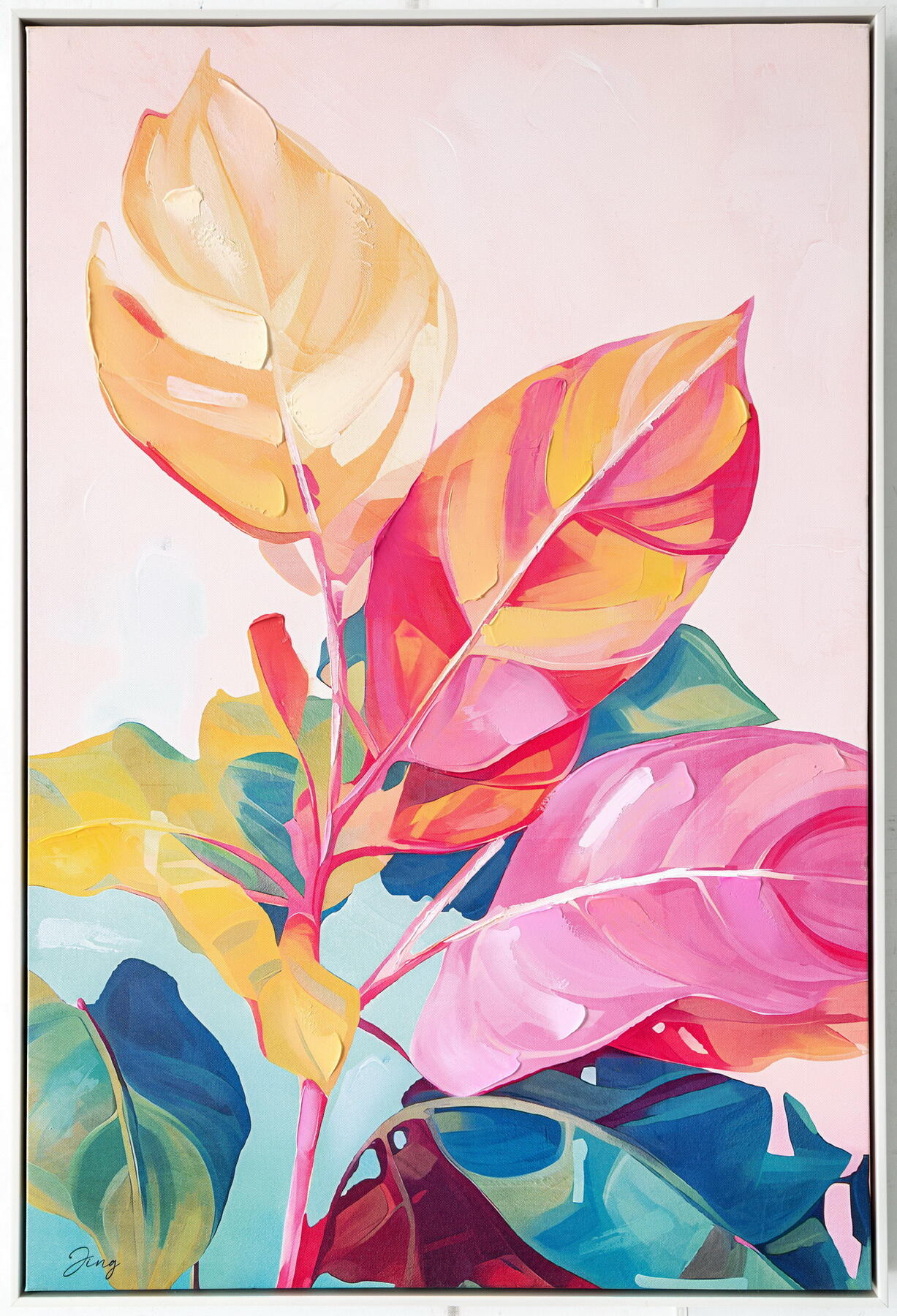still life painting
Still life painting is a timeless artistic genre that captures inanimate objects in a carefully composed setting. This form of artistic expression dates back centuries and continues to evolve with modern interpretations. The primary function of still life painting lies in its ability to transform ordinary objects into extraordinary visual narratives. These compositions typically feature arrangements of flowers, fruits, household items, or decorative objects, each meticulously rendered to capture light, texture, and form. The technical aspects of still life painting involve various methods, from traditional oil and acrylic techniques to contemporary digital approaches. Artists employ careful consideration of composition, perspective, and color theory to create depth and visual interest. The applications of still life painting extend beyond mere decoration, serving as valuable teaching tools for art students, providing meditation-like focus for practitioners, and offering insights into historical periods through the objects depicted. Modern still life paintings often incorporate elements of photography and digital manipulation, bridging traditional and contemporary artistic practices. The genre continues to be relevant in both fine art and commercial contexts, from gallery exhibitions to interior design applications.


